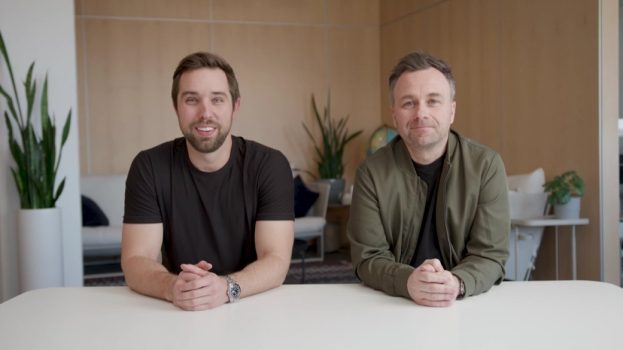
This story is a preview of the Fall 23 issue of strategy magazine, which hits mailboxes on Nov. 2
Blending beauty and tech has become a transformative approach for L’Oréal over the last few years. And Marc Dicko, L’Oréal Canada’s new(ish) chief digital and marketing officer, who took on the role in Montreal earlier this year, is very much here for it.
Prior to to arriving in Canada, Dicko was the chief digital and marketing officer at L’Oréal Taiwan, a senior digital manager at L’Oréal China and was part of the global team in Paris for several years. “I moved from the other side of the world… It’s a bit of a change of pace in terms of business and marketing and strategy,” Dicko says.
Since its arrival 65 years ago, L’Oreal has been a key player in the Canadian beauty market. It has experienced substantial growth, diversifying its product portfolio of about 40 brands to meet the varied beauty needs of a multicultural population.
A significant shift in how it goes to market took place within the last four or five years. “In our marketing material and our strategy, we talked about ‘Beauty for all.’ This meant more products, more brands, more distribution channels,” Dicko explains. “We’ve switched to ‘Beauty for each,’ which is more tailored, individual and inclusive.” This evolution is especially important in a country like Canada where diverse groups – each with their own different skin and hair needs – call home.
Technology, such as AR and AI, has enabled consumers to explore a wide range of L’Oréal brands and lines. The brand recently partnered with Microsoft to develop a software that can apply virtual makeup as a default filter. And in 2018, it acquired Toronto start-up ModiFace, which specializes in experiential beauty solutions – allowing people to try virtual eye shadows, foundations, filters and the like. But it’s more than just virtual makeup, it’s also a diagnostic tool.
“We feel that consumers are more and more educated,” says Dicko. “They want to understand more about their skin and [its] condition. ModiFace can take a picture of you and count the acne on your face [and other] skin conditions. It’ll recommend which products are the most relevant for your needs. This virtual beauty consultation for us is quite key.”
Beyond catering to a more educated audience, the move to digital has become the industry norm. Dicko shares that, for a while, ecommerce was a small sliver of his business. “If we look at L’Oréal worldwide, ecommerce is almost 28% of the business. So we went from close to nothing to 28% in just a few years. We can see that people are shifting to TikTok, Instagram and YouTube for information if necessary to understand the product better.”
To that end, the brand also works with 4,000 researchers and 5,500 tech and data professionals to keep up with trends and remain relevant. “Beauty is a huge and interesting category because every day, every week, every month, there’s something happening online which is changing the beauty trends. Monitoring that is a strategy.”























